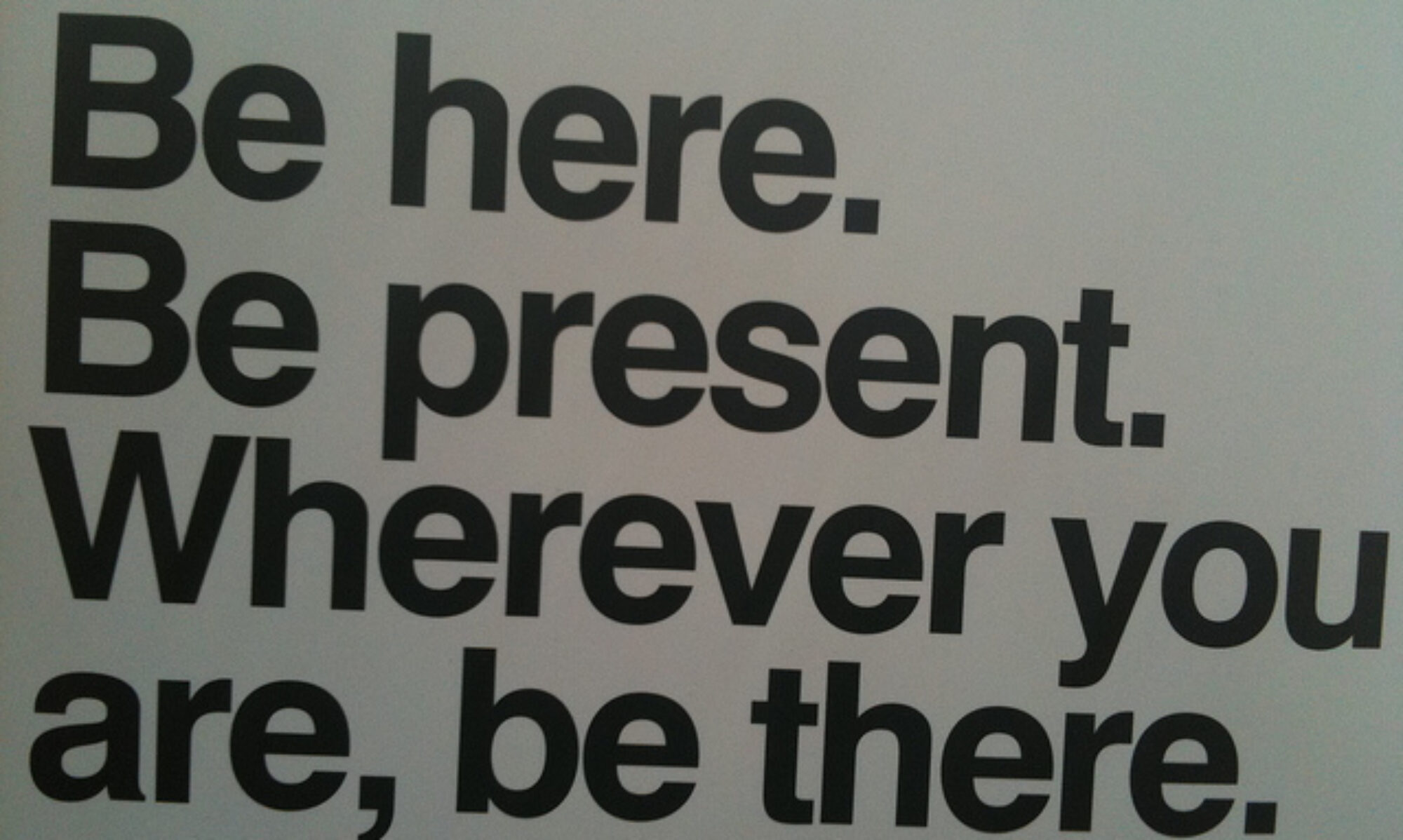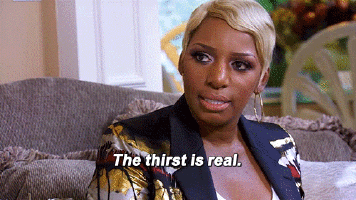While scrolling through my Instagram timeline last week, I came across a post that both raised an eyebrow and a question. The woman, who is about my age and regularly posts inspiring and useful information about her practice, upcoming workshops and beautiful shots of her asanas, shared a straight-up thirst trap photo.
I stopped for a second, feeling a combination of disappointment and a lack of surprise. Though I’m far from someone to lament the decline of society due to the amount of time we spend on our smart phones, sharing inane photos of our food, our kids (two and four-legged varieties) and other details we feel are important, it’s true that some things can be left to the imagination.
I recognize that this feeling comes from the path that I took to yoga: one of physical and mental wellness. My goal was not to demonstrate how awesome yoga has made my body but to share how beneficial it’s been for my mind. Separating the physical from the philosophical reduces yoga to its parts, and significantly decreases the impact that the practice can have on your life.
Interestingly enough, a writer with DoYouYoga.com explored similar thoughts on the increase in “yoga porn” and retaliatory “yoga shaming.” However, her solution was telling readers that, despite the clear prominence of images of thin, cisgender, able-bodied white women in difficult and intricate postures in social and mainstream media, “what you see is what you choose to see.” I find this a convenient position for a woman who self-identifies with many of the characteristics that help the “pornographers” gain prominence.
While I respect and support her decision to embrace rather than castigate the mainstream yogis who enjoy taking photos and videos of their practices in far-flung locations while seeming to not have a care (or bill or responsibility) in the world, I’m perhaps a bit more cynical. With a large audience comes more responsibility to be more than a model for the ‘Gram who happens to practice yoga.
If you insist on posting photos of yourself in boy shorts and crop top that barely contain your goodies, at least make good use the attention you’re garnering. Include a message about the doshas, explain how postures intertwine with chakras or share a quote from a leading philosopher to help spread knowledge, rather than reaching for the likes, exclamations of “#bodygoals” and “OMG, I could never do that,” and googly-eye emojis that the thirsty will leave in your comments.
So tell me: am I doing too much with my slight admonishment of the men and women of Instagram? Is this the new norm as yoga becomes more prominent in mainstream and African-American culture, or should there be an effort to educate as we entertain?

